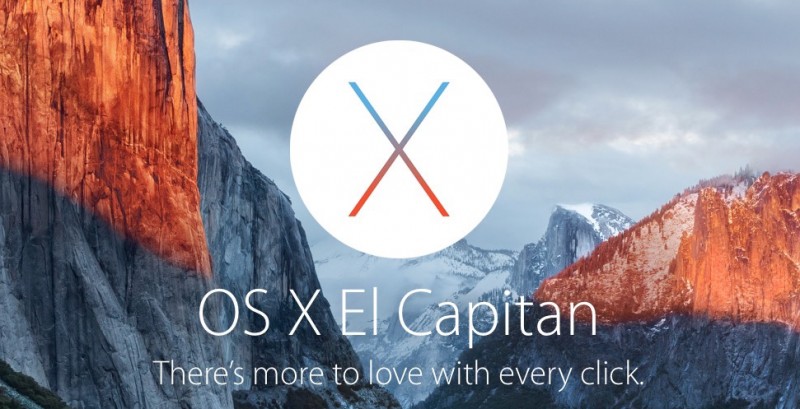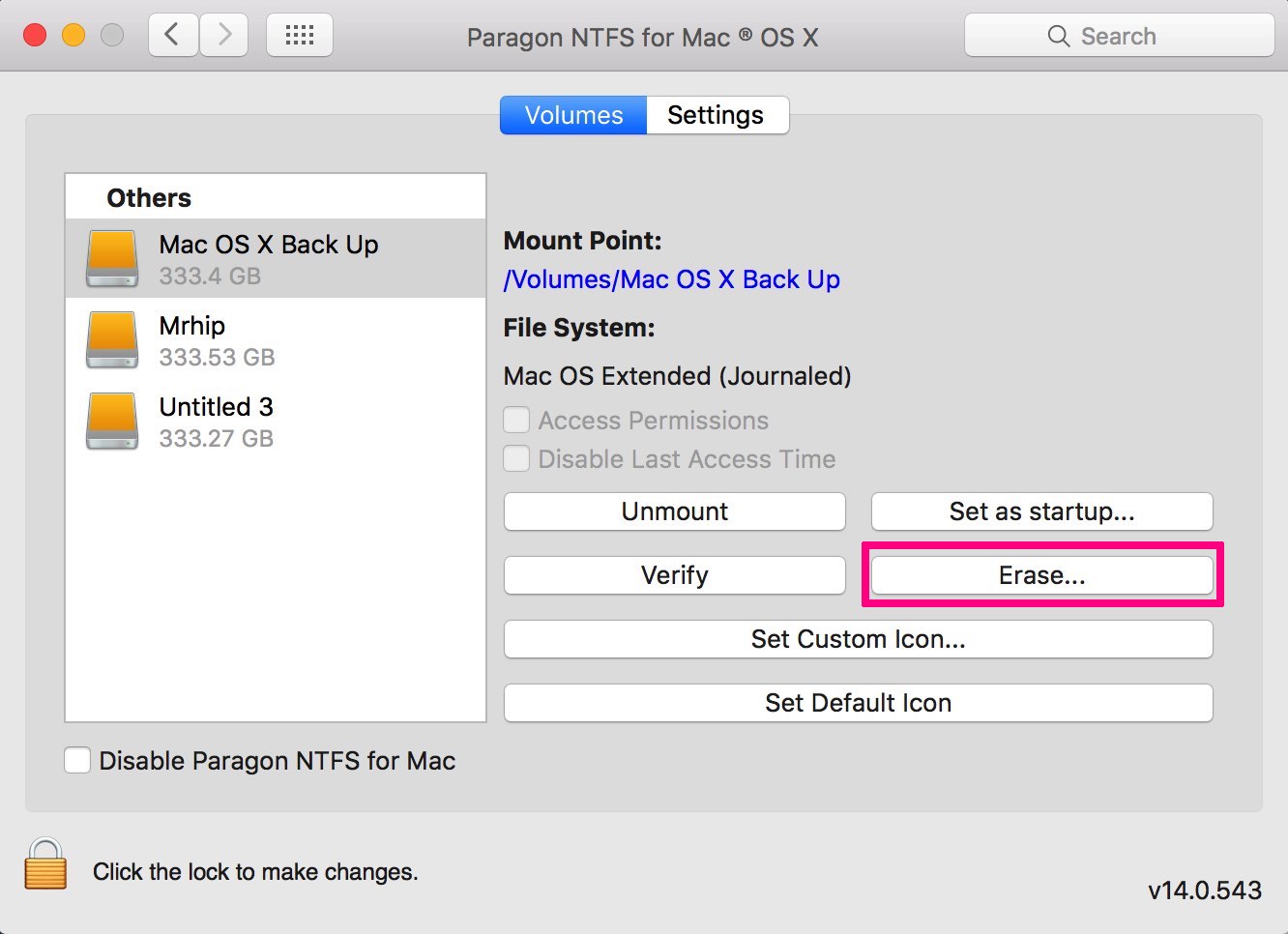

- #Macfuse for os x el capitan for mac
- #Macfuse for os x el capitan install
- #Macfuse for os x el capitan update
- #Macfuse for os x el capitan manual
According to macFUSE, this should work for 10.12+.MacOS Installation - Fuse Documentation Email (optional) Fuse for macOS 1.5.1 Released MacFusion is an interface to FUSE get a recent version. Now I am running macOS 11.0 Big Sur and things are still working well. This article was originally written for macOS 10.15 Catalina. But you will be able to place there files of maximum size ~4GB. If you want to be compatible with everybody and everything, use old FAT32.

If you want to stick with the Apple ecosystem, you are free to use Apple APFS or HFS+.

You will lose all the data on disk during format but otherwise, it’s usable. Yes, if you want to share external HDD between Mac and PC, you can format your HDD to exFAT file system.
#Macfuse for os x el capitan update
Unfortunately, you have to repeat this procedure every time you update to a new major release of macOS. You will also have your read-only parts of system protected again.

Save using “ctrl+x” and “yes”.Īfter that, you have to go to Recovery mode again and enable System Integrity Protection again. sudo nano /usr/local/sbin/mount_ntfsįind flag “-o allow_other \” and add “-o auto_xattr \” as next flag. Open it in your favourite console editor, for example nano. If NTFS write doesn’t work yet, you can try to add one additional parameter to NTFS mount script. sudo mv /sbin/mount_ntfs /sbin/mount_ntfs.original sudo ln -s /opt/homebrew/sbin/mount_ntfs /sbin/mount_ntfs You can find new mount in search in Terminal: which mount_ntfs /opt/homebrew/sbin/mount_ntfsĪfter that, we can just back up the old NTFS handler and replace it with the new one. Enter this command into your Terminal: sudo mount -uw / Apple is trying to protect you more by making some crucial parts of the file system read-only and we have to make it writable again. Since macOS 10.15 Catalina, you have to do one extra step. Restart your Mac and go to your normal macOS. On Mac with T2 security chip, you will have to disable security in Startup Security Utility while in Recovery mode. Disable System Integrity Protection with command: csrutil disable In Recovery mode, open Terminal application from Utilities in the top menu. For Apple Silicon hardware, you can can boot to Recovery mode by long pressing power button until you see “Options” button, which will lead you to Recovery mode. While starting on Intel hardware, press Command + R key combination. Since OS X 10.11 El Capitan you need to disable System Integrity Protection for a while.
#Macfuse for os x el capitan install
brew tap gromgit/homebrew-fuse brew install ntfs-3g-mac
#Macfuse for os x el capitan manual
You can find detailed install manual also on macFUSE GitHub wiki. After that, install package ntfs-3g-mac from Terminal. Then you will need to download and install the latest version of macFUSE (osxFUSE) either using installer from GitHub releases page. Make sure you have Command Line Tools for Xcode and Homebrew package manager installed. But open source solution requires some messing in terminal. There is also freeware iBoyosft NTFS for Mac.
#Macfuse for os x el capitan for mac
You can use paid software like Paragon NTFS for Mac or Microsoft NTFS for Mac by Tuxera. And why would they support the protocol of their main competitor? How can macOS write NTFS? Microsoft is not providing a full specification of NTFS as open source standards and it is quite possible that Apple would need to pay pricey licenses in order to fully use it in their systems. It was first used in Windows NT 3.1 and is present since. NTFS is a proprietary file system standard from Microsoft used in Windows since the early 90s. NTFS drive in Disk Utility Why can’t macOS just write NTFS?


 0 kommentar(er)
0 kommentar(er)
